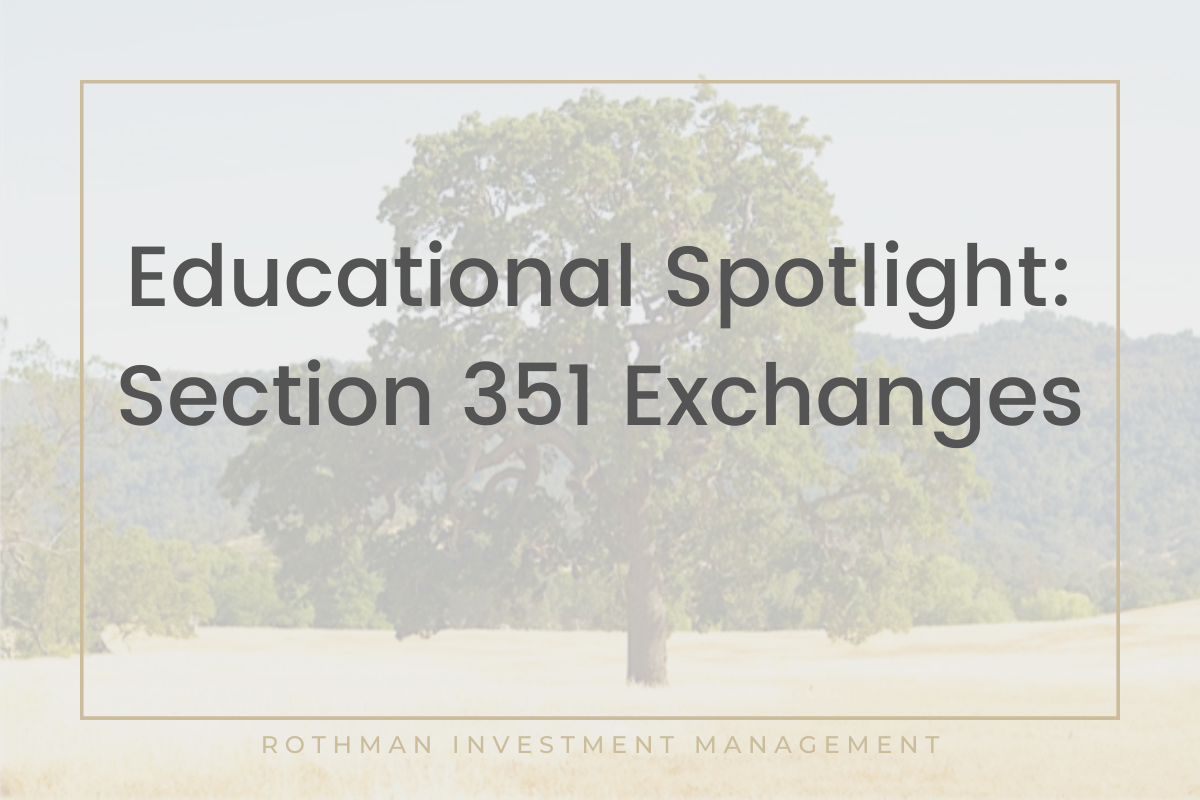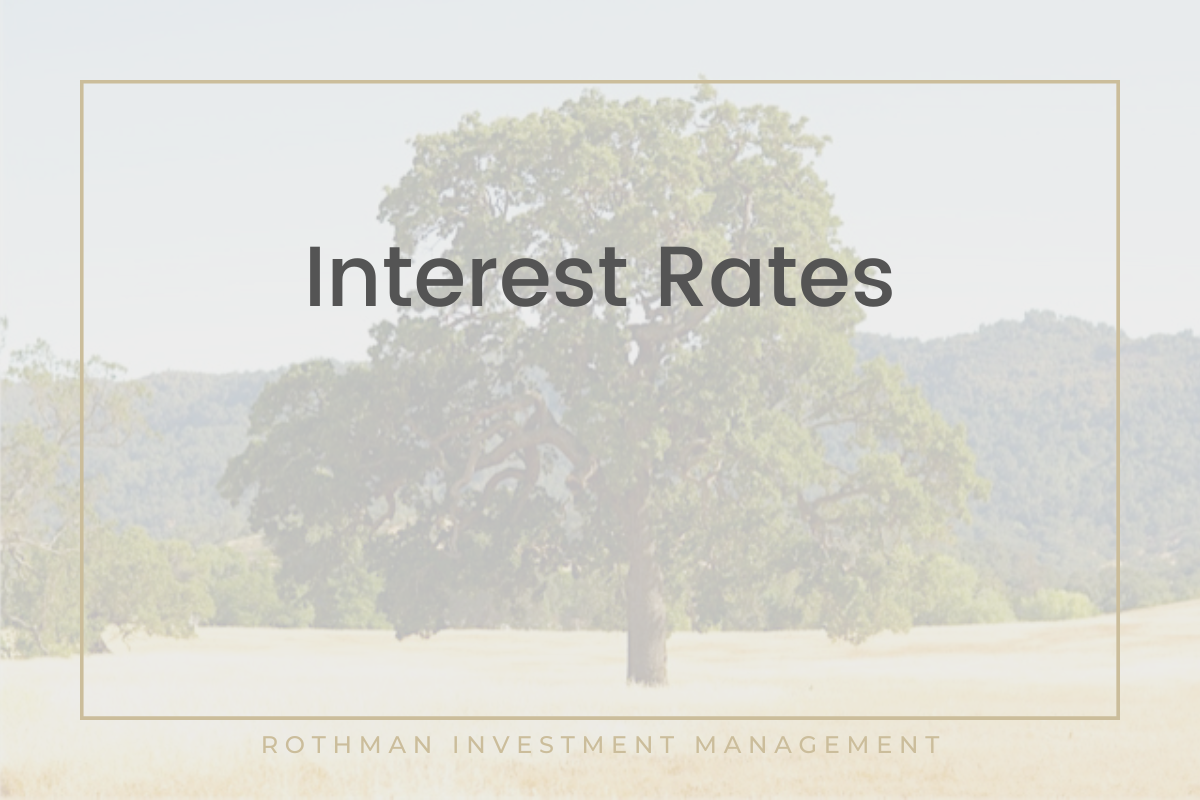
Educational Spotlight: Section 351 Exchanges
For generations, real estate investors have relied on IRS Section 1031 to do “exchanges” of their investment real estate without causing tax realization. This feature has been one of the pillars that have made real estate investing with taxable (non-retirement) money attractive. Investors can adjust their portfolio to reflect their current needs and the present opportunities while still deferring taxes. What if equity investors could do the same? Now, they can.





